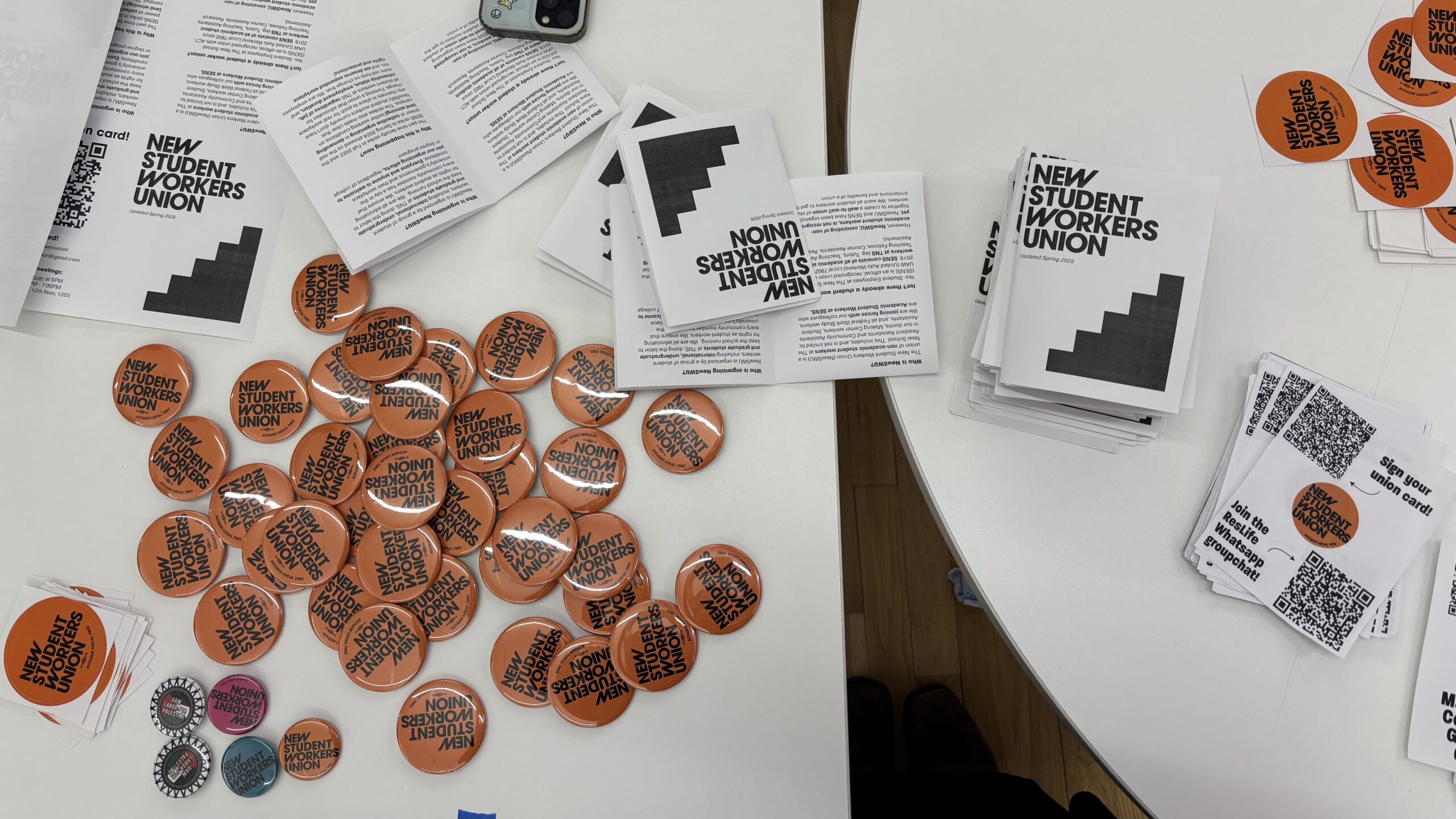The New School plans to sell the portions of its endowment that it has invested in companies heavily associated with fossil fuels, and has adopted what administrators heralded as “a bold and comprehensive” environmental plan that includes the founding of a space for environmentally-focused student and faculty research projects, as well as public programs and changes in curriculum.
President David Van Zandt and Provost Tim Marshall announced the plan in a university-wide email on Jan. 30. The plan, which is not the first to be presented to the New School community, was a culmination of about two years of work between administration, the Advisory Committee on Investor Responsibility and the Sustainability Coalition, comprised of various student-led environmental groups.
Administrators, however, say they do not know when the university will fully divest from fossil fuels. There are also not many detailed specifics available regarding new environmentally-oriented research projects and curricula.
In March 2014, 1.4 percent of The New School’s endowment was invested in fossil fuel companies, according to a list of frequently asked questions that was developed in connection to a public forum that took place on March 19, 2014.
A year later, the school’s investment in fossil fuels has dropped even lower to less than 1 percent, according to Chief Operating Officer Tokumbo Shobowale and Parsons Dean Joel Towers.
The school’s Board of Trustees also approved an investment in a solar energy at the end of last year, according to Shobowale.
“So we actually now have more invested in solar energy companies than we do in fossil fuel companies.” Shobowale said.
“I have not heard of any university in the world that’s in that situation,” Shobowale added.
The New School’s aggressive move towards green financial policies comes as other universities around the world are striving for the same.
However, as Research Assistants for the Advisory Committee worked to improve the university’s policies, they found that other universities recognized for their success with divestment are not all they are cracked up to be.
With help from New School alumn Samer Hosn, research assistants Brandt Weathers and Ian Howlan reached out to other schools for pointers.
“It was kind of a joke,” Weathers said.
“Many schools had never invested in fossil fuels to begin with and none of them even cared to look at ‘indirect’ investments,” he added.
Weathers and Howlan have continued working to develop a new strategy for The New School to assess its endowment that is unique to the university and provides more transparency about its divestment process. The metric in development is called the Carbon Emission Intensity of Endowment.
“This metric has a very specific way of being interpreted,” explained Weathers. “A score would be calculated within 100 and negative 100. A score of 100, for example, would mean fossil fuel assets make up every investment in the New School’s endowment.”
Conversely, a score of negative 100 would signify that the university’s endowment would consist only of renewable energy investments, Weathers said.
“The carbon intensity will not just be either it’s good or bad. It’s weighted,” Shobowale said.
“It’s much more nuanced. It’s not a binary. It’s not either good or bad. There are shades of gray,” he added.
The metric would provide the university with a kind of scale to measure progress over time.
“It’s one thing to say ‘lets divest,’ but it’s another thing to say kind of how much are we and how much does it change year to year,” Weathers said. “So I think the idea is to try to create this way of doing this number and then every year us giving a report card, and saying ‘here’s how we’re doing.’”
Once perfected, Weathers and Howlan plan to take this metric to a conference in New England and present it to other universities around the world.
In interim, administrators say the already existing Tishman Environment and Design Center will function as a hub for the aforementioned student and faculty research and projects sometime in the foreseeable future.
“TEDC will be leading efforts to coordinate the University’s Climate Action Plan across the school,” Assistant Professor Ana Baptista told the Free Press.
When pressed, Towers, Parsons Dean, said the details would be fully formed when TEDC is reintroduced to the community on April 22.
Michelle Depass, Dean of Milano and TEDC Director did not respond to a request for comments about the reformulated environmental center.
NiQyira is currently an Arts in Context major at the New School. She joined The Free Press in Fall 2013 and enjoys writing for all four of its sections. NiQyira aims to pursue a career in photo journalism, traveling while using photography and writing to explore other cultures. She would like to write for a magazine like National Geographic one day. NiQyira’s hobbies include being the sweatiest girl in the gym, wandering the city with a camera, watching cartoons, writing and eating too much peanut butter.








Leave a Reply